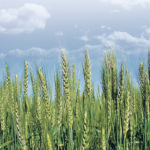Current estimates of large global ending stocks may not be telling the entire story, a market analyst cautioned last week
The wheat market outlook is decent despite a forecast for record world ending stocks of the crop, says an analyst. Remove China’s stocks from the picture and global stocks are the lowest they have been since 2014-15. “We’re not swimming in wheat,” Chuck Penner, analyst with LeftField Commodity Research, told farmers attending his CropSphere presentation. […] Read more Crop Management
Crop Management
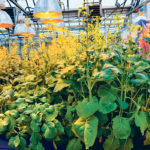
Integrated management advised for clubroot
Resistant varieties, hydrated lime applications and improvements to weed management appear to be beneficial
RED DEER — New preliminary research suggests farmers will be able to better manage clubroot if they integrate a number of practices. The University of Alberta trials, led by plant science masters student Brittany Hennig, indicates that producers who use multiple strategies, like growing resistant varieties, using lime to spot-treat, and better controlling weeds, will […] Read more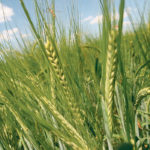
Crop options worth checking out this spring
RED DEER — Farmers may want to look at different crop options this spring, considering disease issues continue to be problematic. Alternatives include a variety of cereals, oilseeds and pulses, and their returns could be better than expected, according to agronomists and specialists who shared options Jan. 8 during the Agronomy Update conference in Red […] Read more
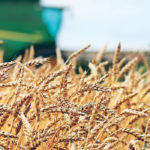
Wheat groups fund breeding
The Crop Development Centre at the University of Saskatchewan will receive more than $9.6 million in core funding over the next five years to assist in developing new spring wheat cultivars. The funding agreement, announced Jan. 13 in Saskatoon, will be provided by the Canadian Wheat Research Council, a non-profit funding agency established by the […] Read more
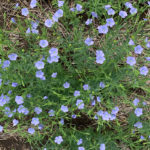
Flax prices likely to remain flat
WINNIPEG, (MarketsFarm) – Although the autumn snowfall limited the quality of a lot of Prairie flax, its price has remained flat, according to Brian Johnson of Johnson Seeds in Arborg, Man. While Johnson has seen some instances of number one flax, he said most of what he’s seen has been number two and number three. […] Read more
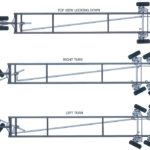
Six-wheel-steering trailer gets around
The new Duo Lift drives rings around conventional trailers where the turning gets tough and the yard tight
Combine heads are getting bigger and bigger. As a result, the problem of transporting them and gracefully getting them from the road into the field is becoming bigger and bigger. A solution can be found in trailer technology. Wide heads require long trailers. But the problem compounds itself. Longer trailers create bigger problems getting in […] Read more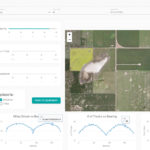
First Pass launches into future of precision ag
The Saskatchewan initiative prepares for autonomous field implements with precision ag, digital ag and autonomous ag
Launch Pad is the next big endeavor in the future of precision farming for First Pass, the Saskatchewan company known for specializing in designing optimal field pathways for implement traffic. Launch Pad brings together the three main factors that will dominate the future of field operations, according to Wilson Acton, an executive of Verge, the […] Read more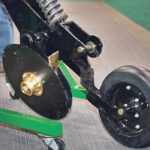
When the seeding iron wears out, give it new life
Rebuilding a disc drill can be a substantial undertaking, both in time and money. One popular line, the John Deere 1890-1895 units, can handle a lot of acres before their discs and hubs are done, but after that their future is often forfeit. Saskatchewan seeding equipment builder Kim Hartman liked the Deere 1890-1895 units and […] Read more
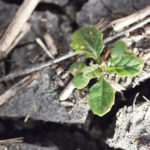
Bigger, better crops combat climate change
More than 10 percent of the Earth’s land-surface is cropped, about 3.7 billion acres of carbon sequestration
Farmers’ toolkits for sustainability could soon include crops engineered with root systems designed to sequester more carbon in the soil, said Dominique Roche of the Salk Institute for Biological Studies in California. He explained that humanity has achieved something no other species on Earth has ever done: change the atmosphere of the planet. From 1990 […] Read more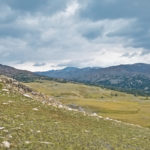
The story of a mysterious Montana soil pit
Soil scientists love digging soil pits. Leave them alone anywhere with a shovel and they’ll dig a deep hole, just to see what’s down below. Many never miss a chance to ply their trade. In truth, digging and analyzing soil pits is one way scientists advance our knowledge of how we interact with Mother Earth. […] Read more



 Crop Management
Crop Management